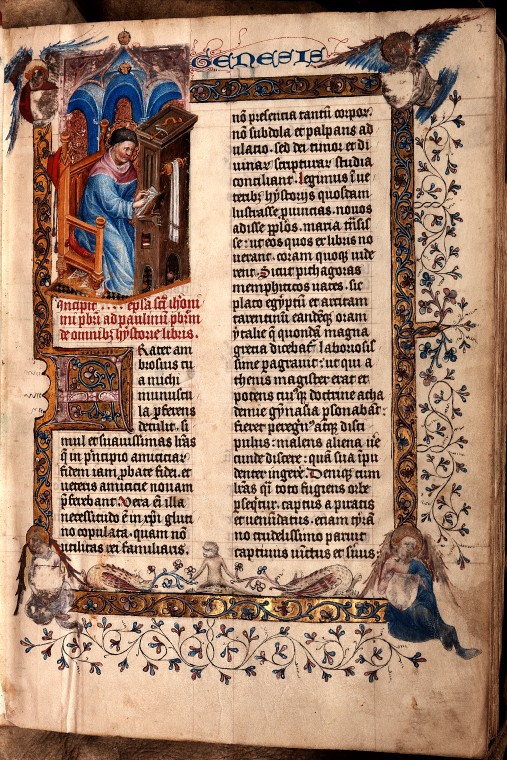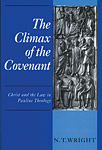The foundation of Peterhouse dates from 1280, when Hugo de Balsham, the Bishop of Ely, planned to start a college on land that is now part of St. John’s College. In 1284 , he transferred to the present site with the purchase of two houses to accommodate a Master and fourteen “worthy but impoverished Fellows”, and Peterhouse was founded. A hall was built two years later; this is the oldest college building in Cambridge. Balsham died in 1286, bequeathing a sum of money that was used to buy further land.
, he transferred to the present site with the purchase of two houses to accommodate a Master and fourteen “worthy but impoverished Fellows”, and Peterhouse was founded. A hall was built two years later; this is the oldest college building in Cambridge. Balsham died in 1286, bequeathing a sum of money that was used to buy further land.
In the early seventeenth century, under the Mastership of Andrew Perne, the College was known as a center for Arminianism.
Would you like to se
To the left are the chapel doors. Observe the dat
Below is the Master's Lodge, built in 1702 by a Peterhouse Fellow, Dr Charles Beaumont, for his own residence. He willed the house to the college, and upon his death in 1727, the college occupied the house as the Master's Lodge and has done ever since.















